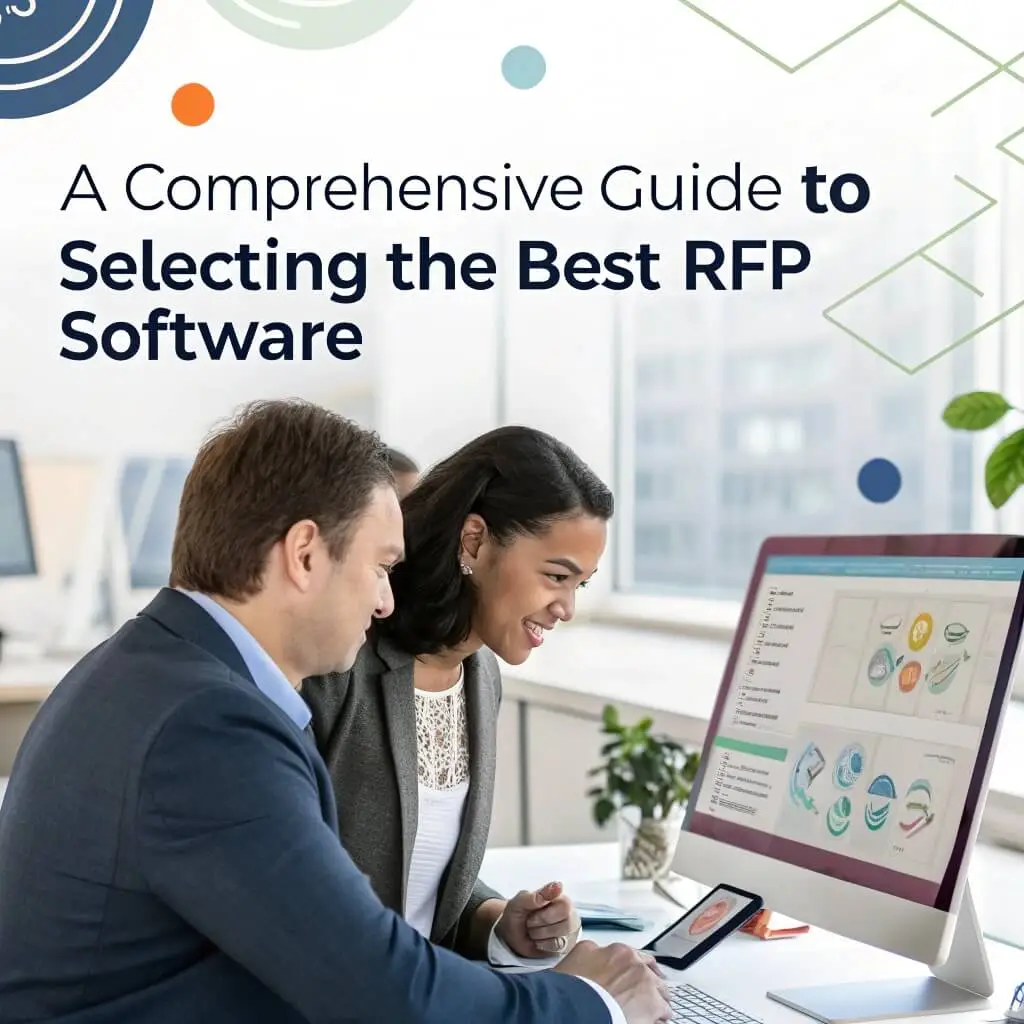Selecting the best Request for Proposal (RFP) software can be the deciding factor between a streamlined, efficient bid process and one mired in complexity. RFP software serves as the lifeline for organizations seeking to procure services or products, facilitating the creation, dispatch, and analysis of proposal requests. It is the bedrock upon which partnerships can be forged with transparency and efficiency. In this article, we delve into what to consider when choosing an RFP solution that suits your business’s unique needs. Keep reading to discover how to make an informed decision that can elevate your procurement strategy.
Understanding RFP Software: What It Is and How It Can Benefit Your Business
Top RFP software simplifies the proposal request process by automating tasks, reducing administrative workload, and ensuring organized vendor selection. Businesses can send requests in bulk, track responses, and systematically compare vendors, improving efficiency and communication. This streamlined approach helps maintain detailed records and promotes fair competition among suppliers.
Beyond automation, RFP software enhances collaboration by allowing teams to work on a unified platform, share feedback, and maintain a strategic approach. Features like automated scoring, analytics, and integration with other systems provide deeper procurement insights, making decision-making more effective and tailored to business needs.
Critical Features to Look for in RFP Software Solutions

When choosing RFP software, consider the features that will benefit your organization. A robust platform should have flexible questionnaire builders, version control, and change tracking for accurate document collaboration. It should integrate seamlessly with existing systems like CRM and ERP software, ensuring the RFP process complements workflows.
The software should also offer robust data analysis tools for strategic decision-making and vendor performance insights. Security is crucial, and the platform should comply with industry standards and regulations. User permissions and access control are also essential. Supplier management is another feature that enhances the RFP process by allowing a centralized repository of supplier data, enabling better long-term relationships and vendor evaluations.
Evaluating User Interface and Experience in RFP Tools
The user interface (UI) and user experience (UX) of RFP software are crucial for successful team adoption. A clean, intuitive UI reduces the learning curve for new users and increases the likelihood of widespread adoption. To assess the effectiveness of RFP tools, conduct a hands-on trial by performing typical tasks within the software.
User support and training are essential components of the UX, with vendors offering comprehensive training resources and responsive customer support. Customization can further enhance the UX by allowing users to tailor the software to their preferences and specific needs. A platform that offers a degree of personalization can significantly benefit daily users, ensuring a smooth transition for their team.
Comparing Pricing and Value: Getting the Most from RFP Software Investment

When choosing RFP software, it’s crucial to understand the cost and value for your business. Different platforms may charge flat fees or subscription-based models, with additional expenses like setup, training, or premium support services. It’s essential to read the fine print and confirm the base price to avoid unexpected costs.
The value of an RFP tool is also tied to its return on investment (ROI), considering time and resource savings and potential for better vendor relationships. A cost-benefit analysis can provide a clearer picture of the investment value. Comparing multiple RFP software offerings can help identify market range and negotiate with vendors.
Reading Reviews and Seeking Recommendations: Final Steps in Choosing RFP Software
Before choosing an RFP software, it’s essential to conduct thorough research, including reading user reviews, seeking recommendations, and reaching out to industry contacts who have experience with RFP software. These contacts can provide context-specific advice, lessons learned, and best practices to inform your decision and avoid common pitfalls.
Case studies or testimonials from the software vendor can also provide insight into successful use cases and potential benefits specific to your sector. Check for post-sale support and service agreements, as a vendor’s commitment to customer support after purchase can indicate their dedication to client satisfaction and the long-term viability of their software solution.
Altogether, the key to choosing the right RFP software lies in aligning its features with your business’s specific needs, and diligently researching its performance from a user perspective. By considering these aspects, you can select a tool that not only fits your budget but also fosters effective vendor engagements and enhances your procurement process.
